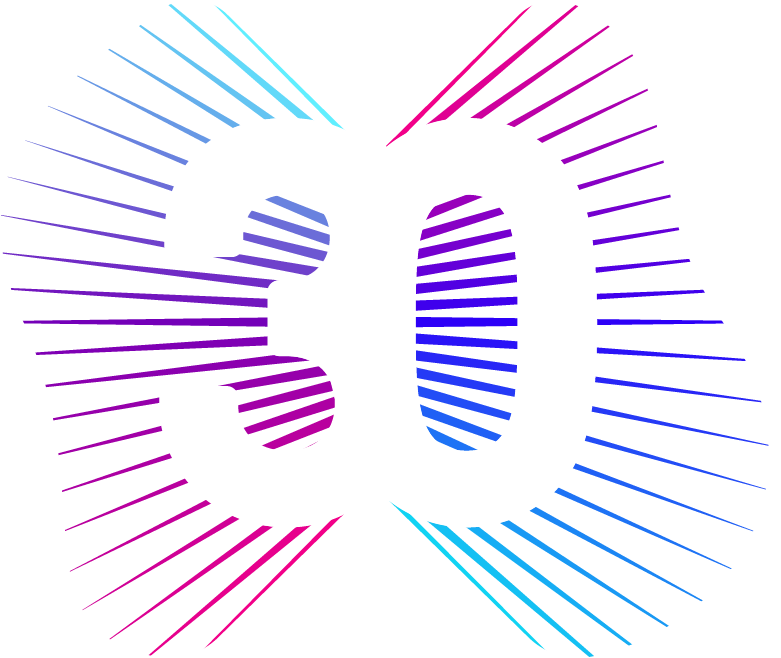This was one of the most popular pages on an earlier (2003-2009) version of the DataHaven website.
A Guide to Grant Writing: The Needs Assessment
Have you witnessed a problem in your community, such as underage alcohol consumption, and want to change it but are not sure where to begin? The first step is to develop a needs assessment that clearly portrays the problem. This needs assessment may also be used in a grant application that will allow you to obtain the funds needed to address your observed need. These presented methods are intended to assist organizations in the incorporation of data into the grant proposal in order to develop a stronger, more competitive submission. The foundation of a successful grant proposal is a strong needs assessment that successfully compiles, analyzes, and presents information in order to convey the necessity and rationale for your proposed program plan. There are many good online sources of technical assistance for grant writing.
Below are some guidelines for writing a broad community-based project needs assessment are summarized.
The Data
The needs assessment should clearly and concisely demonstrate that a relevant problem or need exists. The first step of this process is to include relevant supporting data. Such data may pertain to demographics, economic health, education, crime and safety, environment, youth development, and health. When selecting data, it is important that the data is beneficial and not detrimental to your needs assessment.
In general, the data should clearly describe your target population and the need that is being addressed. Using the example of underage alcohol consumption, some supporting data might be: the age distribution of your community, % of population in high school, % of children that consume alcohol, the number of under age drinking citations the police department issued in the past year, the frequency children consume alcohol, the volume of alcohol consumed and the location of liquor stores.
Careful consideration must be taken when determining what data to include in the needs assessment. In general, only use data that is relevant and specific to your proposal. Most likely this will require you to come up with specific data. Regardless of the indicators and variables used, they should adhere to five guidelines:
- State the need using hard data, not assumptions or undocumented assertions.
- Only use statistics that are clear and supporting of your argument
- Use comparative statistics and research when possible.
- Make sure all data collection is well documented.
- Don't overuse statistics.
The Data Center in New Orleans developed a list of tips on the kinds of data funders find helpful and the kinds of data they find not helpful, which we've modified slightly for this page. A quick way to critique the usefulness of the data you've been putting in your problem statements is to scan down the “not helpful” column and see if you've ever used data that's not helpful. (A lot of people do, so don't be embarrassed.) If you see a type of data that you've used that's not helpful, you'll see next to it a helpful alternative. Reviewing this list should put you on the path to giving funders the data they really want in problem statements.
|
NOT Helpful |
Helpful |
|
|
Data that represents geographic areas larger than the area you are targeting (like cancer rates for the whole state of Connecticut when you are only going to be doing cancer screenings in the housing developments in one town). |
vs |
Data that represents the specific neighborhood(s) where you are working (such as data from DataHaven's neighborhood profiles).
|
|
Raw numbers that describe the problem in your area. |
vs |
Raw numbers AND percentages that show the proportion of the total population in your area that is affected by the problem. |
|
Only numbers that represent the geographic area where you work without any comparison data. |
vs |
Comparison data at a state, national town level and other geographic levels of interest to the funder. |
|
Data that is not relevant to the problem (like infant mortality rates when you are going to be providing asthma services). |
vs |
Data that scientific research has demonstrated is related to the problem you are addressing (like data about pregnancy-related deaths when you are going to be providing prenatal care). |
|
Data from newspapers, magazines, and TV news programs – sources that are not in the business of distributing reliable data. (Newspapers, for example, are in the business of selling newspapers, of course.) |
vs |
Data from reputable sources such as government agencies, national associations, and peer-reviewed journals. |
|
Data that are old (like 1990 Census data on race). |
vs |
Recent available data from the chosen data source (like 2020 Census data on race). |
|
All the data you’ve ever found that relates somewhat to the problem. We call this a “data dump.” |
vs |
Data carefully selected and narrowed down from the entire list of all the data you found and presented in a targeted, compelling, concise problem statement. |
If you follow the above tips, you will include data in your problem statement that funders will find very helpful. Remember that these tips apply only to needs assessments. Other parts of the grant proposal may require different types of data.
The Presentation
Your data is only useful if the reviewer can understand its presentation. The needs assessment should be a narrative of your data that conveys the urgency of your program. Besides embedding the data in the text, authors should also try to incorporate tables, charts, graphs, and maps. These effective presentation tools visually display comparisons and trends.
When presenting data in the form of tables, charts and graphs, be sure to adhere to the following rules:
- Always include an accompanying narrative in the text that describes what the data is and what the data is telling the reader.
- Clearly label all axes (for graphs and charts) and columns and rows (for tables).
- Include a title and reference.
- Consider numbering tables/figures for easier reference.
Things to Think About When Doing a Great Needs Assessment
- Am I clearly addressing an evident knowledge or need gap?
- What sets my project apart from the rest?
- Don’t assume the problem and solution are obvious to the reader. The reader is not necessarily an expert in the field.
- Is my data relevant, concise, and presented in an aesthetically pleasing manner?
- Did I follow the funder’s instructions and format properly?
- Did I avoid jargon, acronyms, and excess wording?
- Are my references and data well documented?
Looking Forward
A great needs assessment is the foundation to a successful grant application. In order make this transition, the needs assessment is extended and used to determine goals and methods on how to reduce the apparent need gap. These goals pertain to both the ultimate outcome of the project, as well as the minor objectives. Let’s use our program plan to decrease under age drinking. The ultimate measurable outcome would be the number of persons less than 21 years old that drink alcohol. A measurable minor objective would be the number of educational pamphlets outlining the negative effects of alcohol that are distributed to high school children. Using measurable outcomes will show the funder how many people or communities your program will impact.




